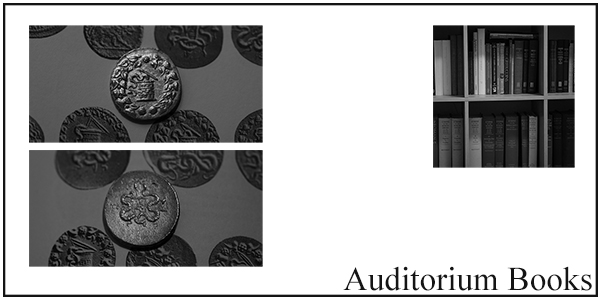
PREV ARTICLE
NEXT ARTICLE
FULL ISSUE
PREV FULL ISSUE
VOCABULARY TERM: NICKEL-SILVERHere's another entry from Dick Johnson's Encyclopedia of Coin and Medal Terminology. -Editor Nickel-silver. An alloy of nickel, copper and zinc. Its gray-white color is in imitation of silver; but there is no silver in nickel-silver. Formerly this alloy was widely known as german-silver, but this term fell into disuse in World War I due to anti-German sentiment in England and America. While German-silver was known as early as the 1830s (from natural alloys found in Germany) it was not until the 1840s when experiments in England were conducted with brass. Nickel was added to brass until the gold-colored alloy turned silver-gray. By 1848 a successful nickel-brass alloy was in use, it was called albata. There are many nickel-silver formulas: 55-65 copper, 5-25 nickel, 10-30 zinc. Here are two common types:
65 CU 18 NI 17 ZN 8.75 sp gr 1110° melting point
Nickel-silver has a moderate use in the medallic field, mostly for badges, key tag medals, charms, watchfobs and other small items where a hard alloy with excellent wearing qualities are demanded (but not in direct contact with skin). It was learned in 2002 after the introduction of the alloy of the nickel-silver and brass (with zinc) bimetal compositions of the European Euro coinages that this would often cause a rash among cashiers handling a large number of the bimetal coins. History of nickel-silver. Early form in China where it was invented. Chinese called it paktong. A process was once employed to remove the copper and zinc from the surface of nickel-silver exposing only the nickel for a brighter, harder surface. Developed by Thomas B. Lasher (of the Holmes & Edwards Silver Company of Bridgeport, Connecticut) the process was called Lasher silver. The same effect, however, could be accomplished (at lower cost after 1890) by nickel plating a nickel-silver object. There is also a similar type nickel-silver called Craig silver. (Again, there is no silver in these alloys, they were created solely to imitate silver.) Other than perhaps a brighter gray-silver color, there is no way of knowing – by inspection alone – whether a coin or medal is made by any of these compositions. (Do a specific gravity test.) Also nickel-silver looks very much like copper nickel after some wear. Nickel-silver is not a white metal, despite its color (but its hardness precludes this). Nickel-silver is called maillechort in French. It is abbreviated NS in America and England; McHort in France (and some edgemarkings include this abbreviation on French medals).
To read the complete entry on the Newman Numismatic Portal, see:
Wayne Homren, Editor The Numismatic Bibliomania Society is a non-profit organization promoting numismatic literature. See our web site at coinbooks.org. To submit items for publication in The E-Sylum, write to the Editor at this address: whomren@gmail.com To subscribe go to: https://my.binhost.com/lists/listinfo/esylum All Rights Reserved. NBS Home Page Contact the NBS webmaster 
|
